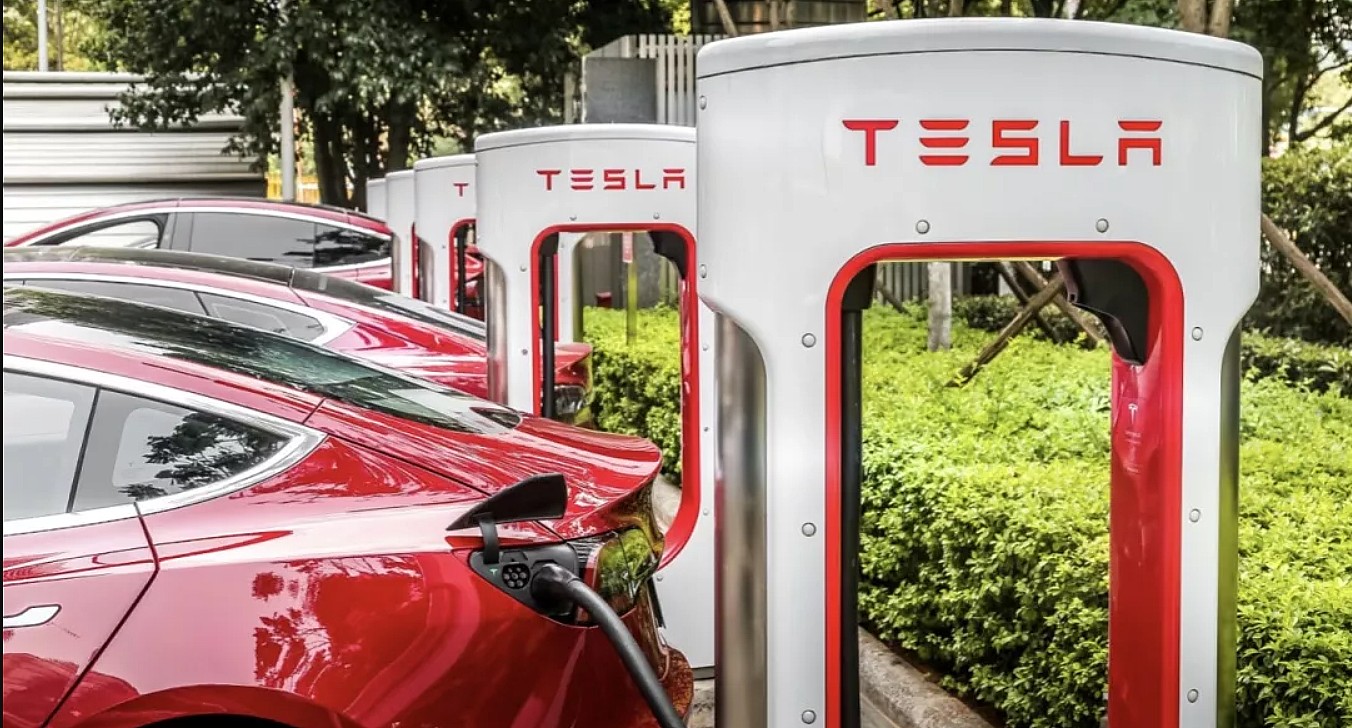henderrj
Active Member
Tesla opening up their charging network was in accord with its mission statement:
Accelerating the world's transition to sustainable energy.Keeping their charging network in top shape for all brands of EVs would also be in accord with their mission. I would be shocked if they dropped the ball after going to all the trouble of opening it up.
The harsh reality is that even with 50% annual growth, Tesla can't build EVs fast enough to meet the goal of transitioning the world to EVs in a reasonable time frame. This is why they sacrificed the competitive advantage the supercharger network gave them. The game they are playing is not EV vs EV, it is all EVs versus all ICE.
Following all the hullabaloo about the Tesla network being far more reliable than the 3rd party CCS chargers, it would be a catastrophic PR nightmare for Tesla to intentionally reduce the reliability of their network. In addition, IMO, providing a high quality charging experience for all EVs may be even better for their sales than keeping the network Tesla-only.
Yes, I'm saying keeping their network reliable could be a win-win-win for Tesla: a win for EVs in general; a win for other EV makers; and a win for Tesla compared to the others. This is possible because it's not a zero-sum game.
I might accept an "all ships are lifted in a rising tide" approach, but going to any local service center anymore, it definitely feels like Testa has no altruistic motives anymore. They seem to be entirely money driven. Just try to contact a Tesla customer support person. Almost impossible!
I'm afraid that Tesla is falling into the trap that all corporations eventually do; keep the stock holders happy. Keep the profits coming. I don't know, could they get it back? Hard to see it now.
Maybe at the factories and engineering centers it's different, but the face they present to their customers certainly bears no resemblance to what was there 8 years ago when I started the journey with My first Tesla vehicle, or nearly 15 years ago when I first started watching the company.



